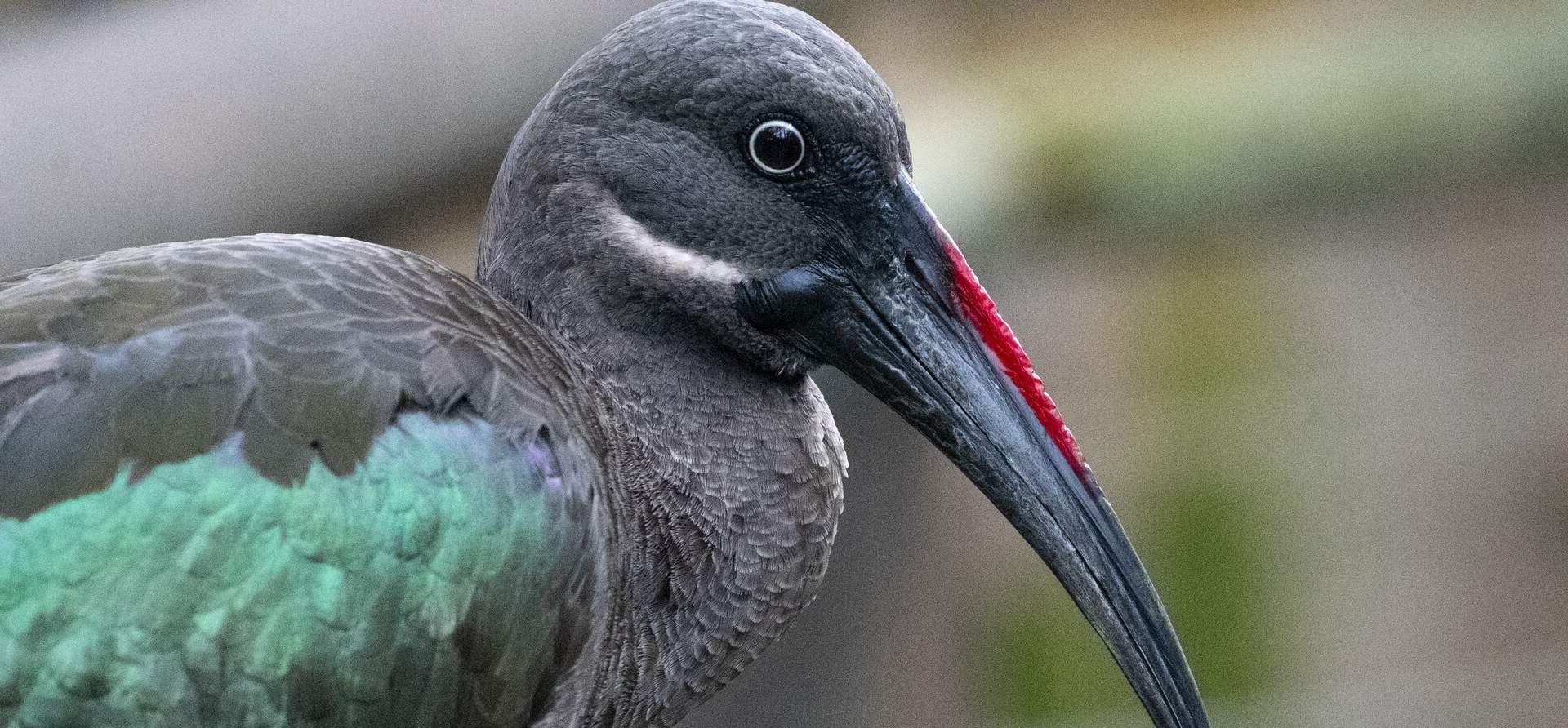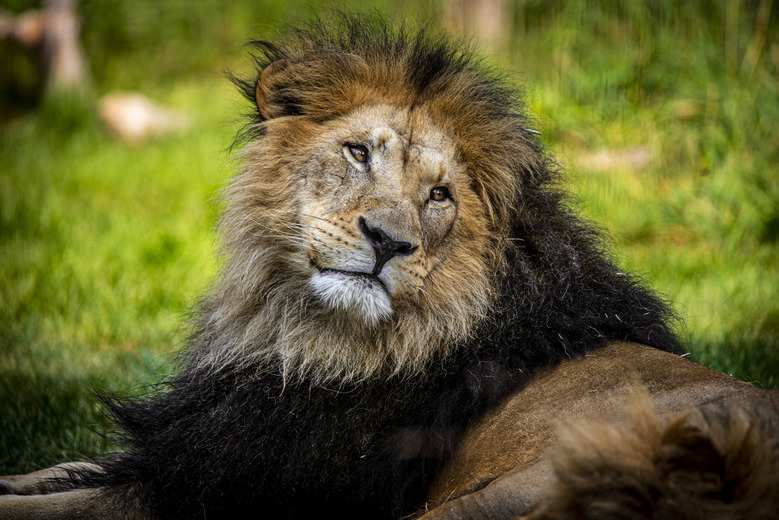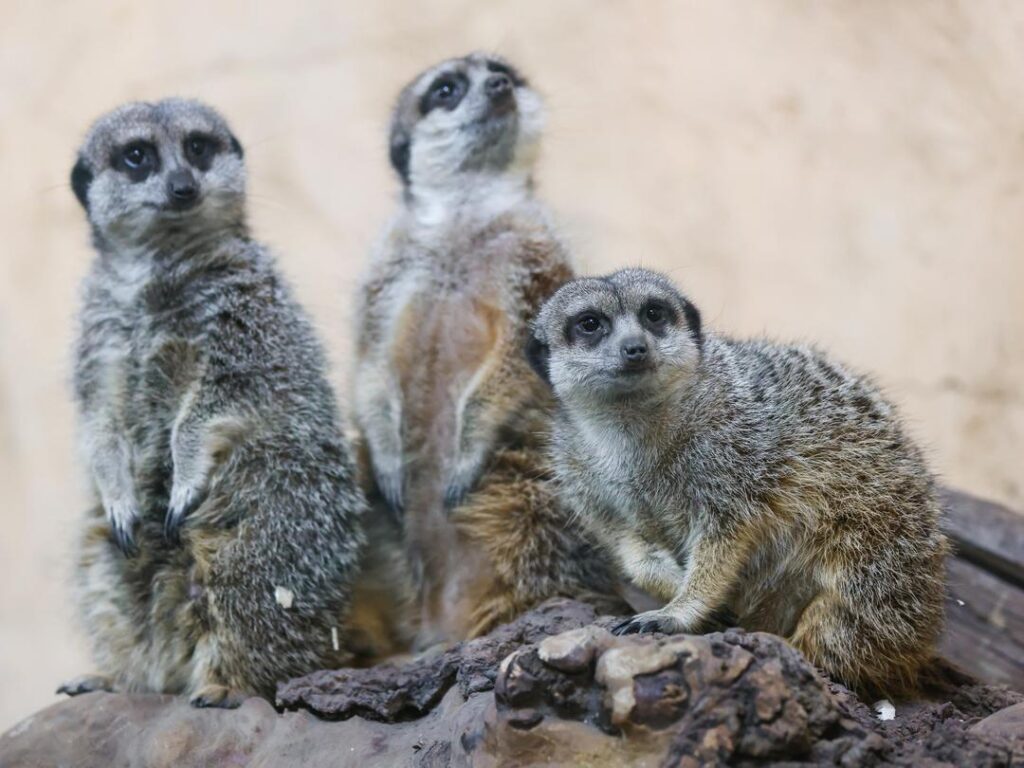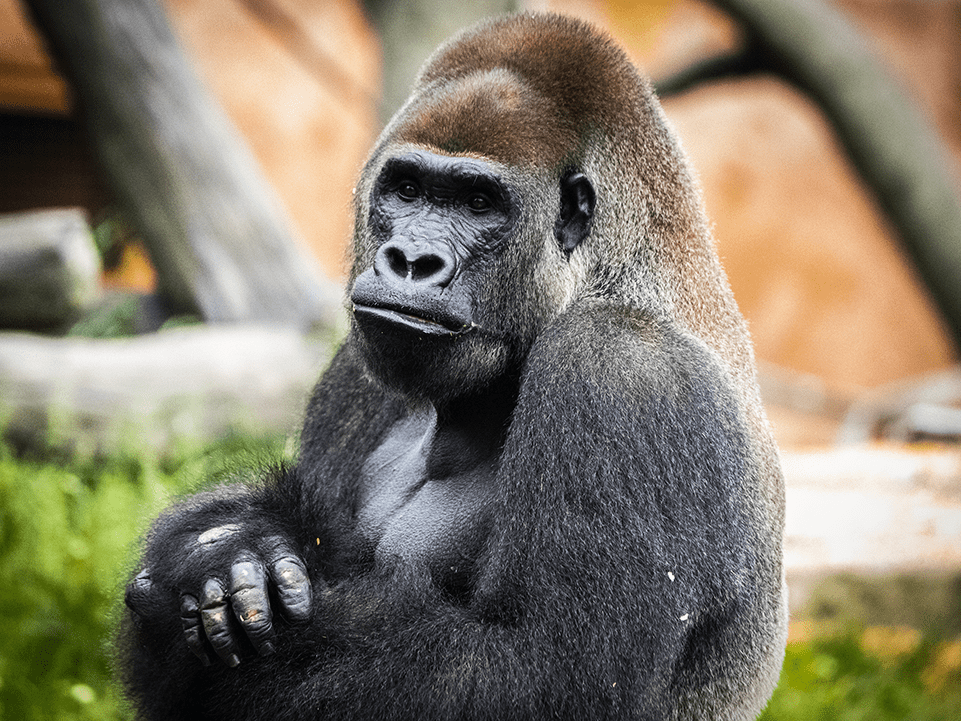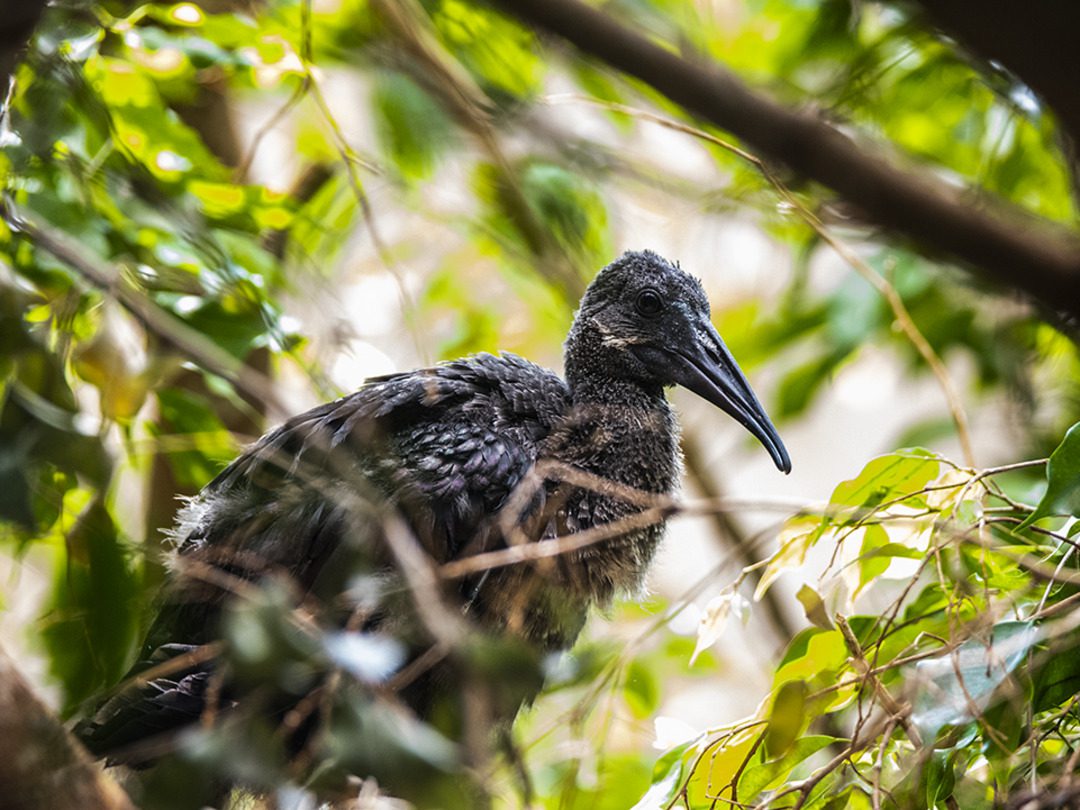
Hadada Ibis
The call that earned them a name
Hadada ibis are known for their distinctive “ha-da-da, ha-da-da, ha-da-da” call. They can be found at the intersection of grasslands and wetlands, foraging during the day in mud and shallow water. As tactile feeders, they rely more on touch than any other sense to find prey, and the use of their beaks helps aerate the soil.
- IUCN Red List Status: Least Concern (at relatively low risk of extinction)
- Type: Bird
- Habitat: Wetlands, moist grasslands, and marshes throughout sub-Saharan Africa
- Diet: Carnivore – worms, crustaceans, and small reptiles
- Size: 63.5 to 73.6 centimetres long
- Weight: 1.2 kilograms
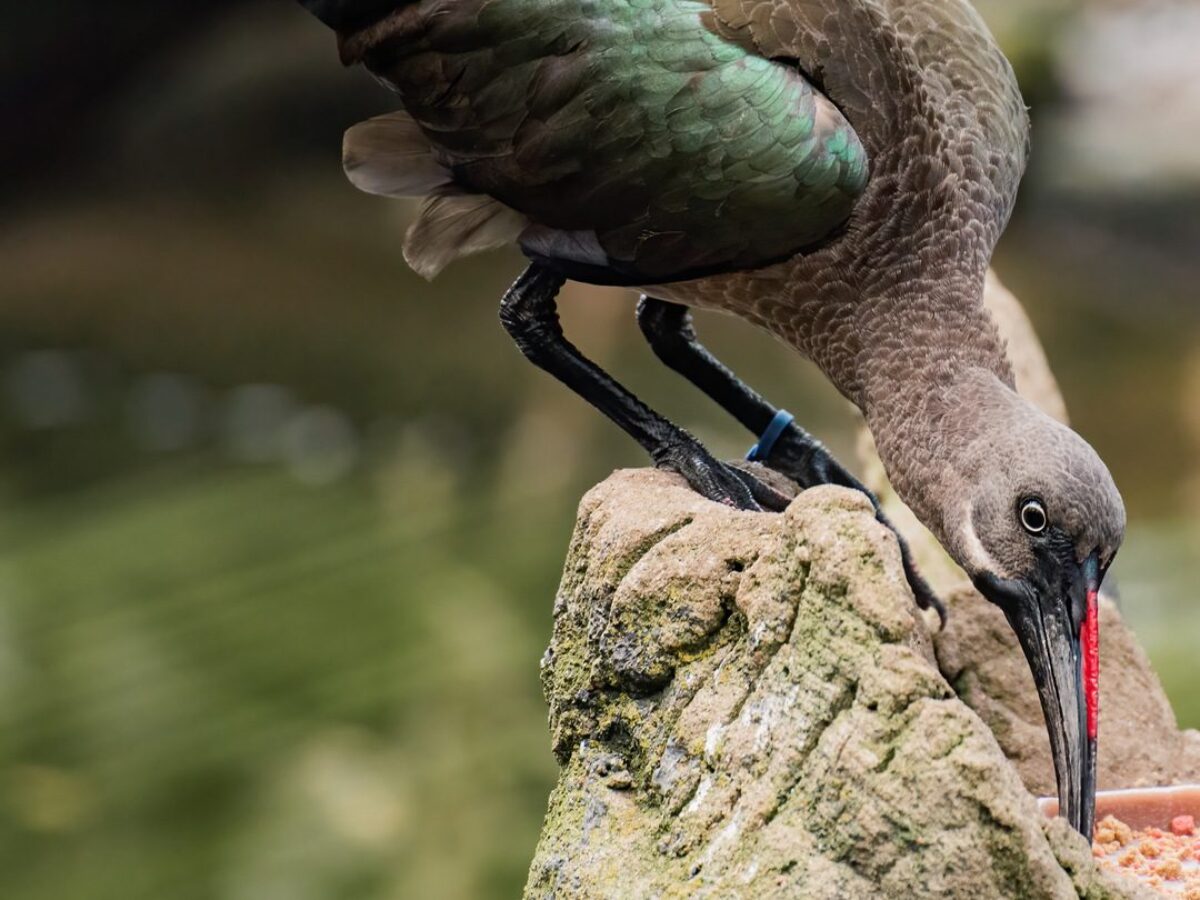
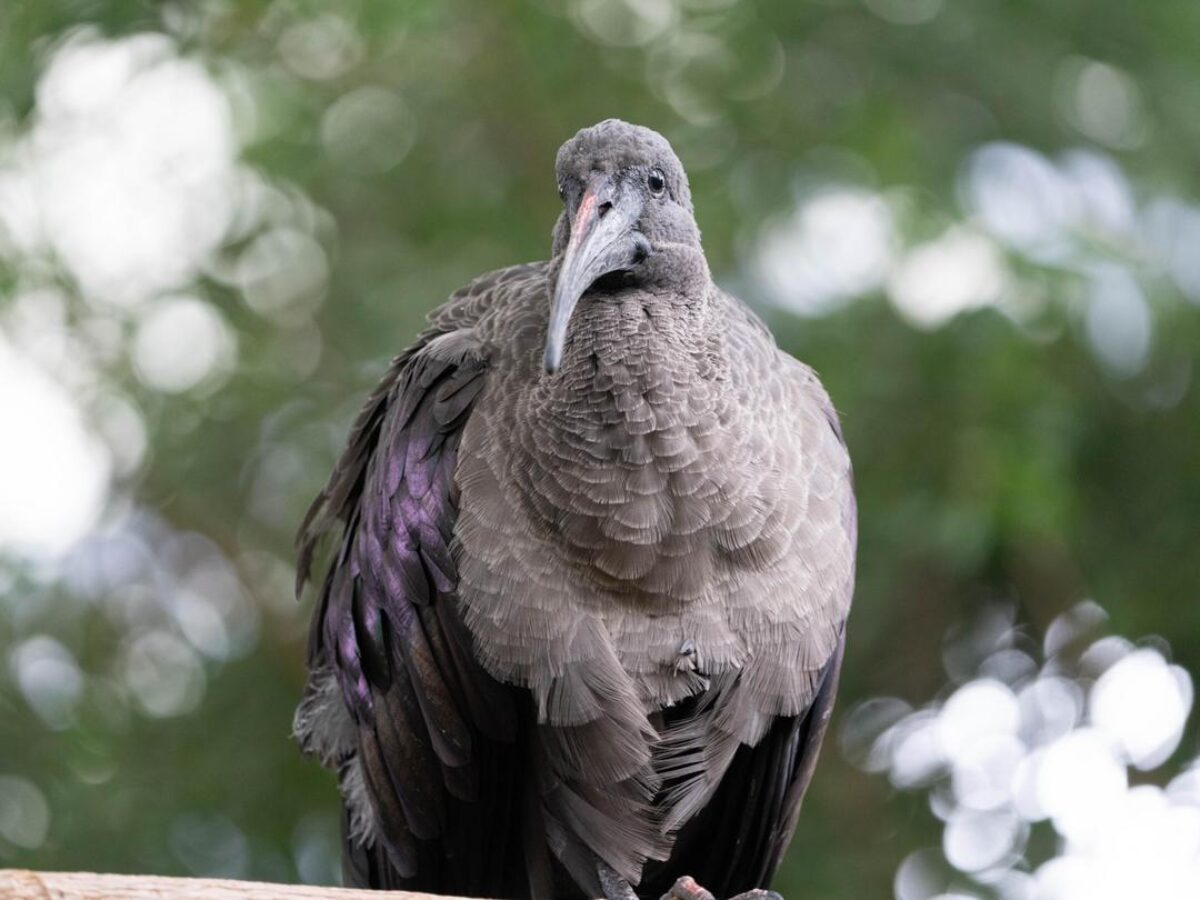
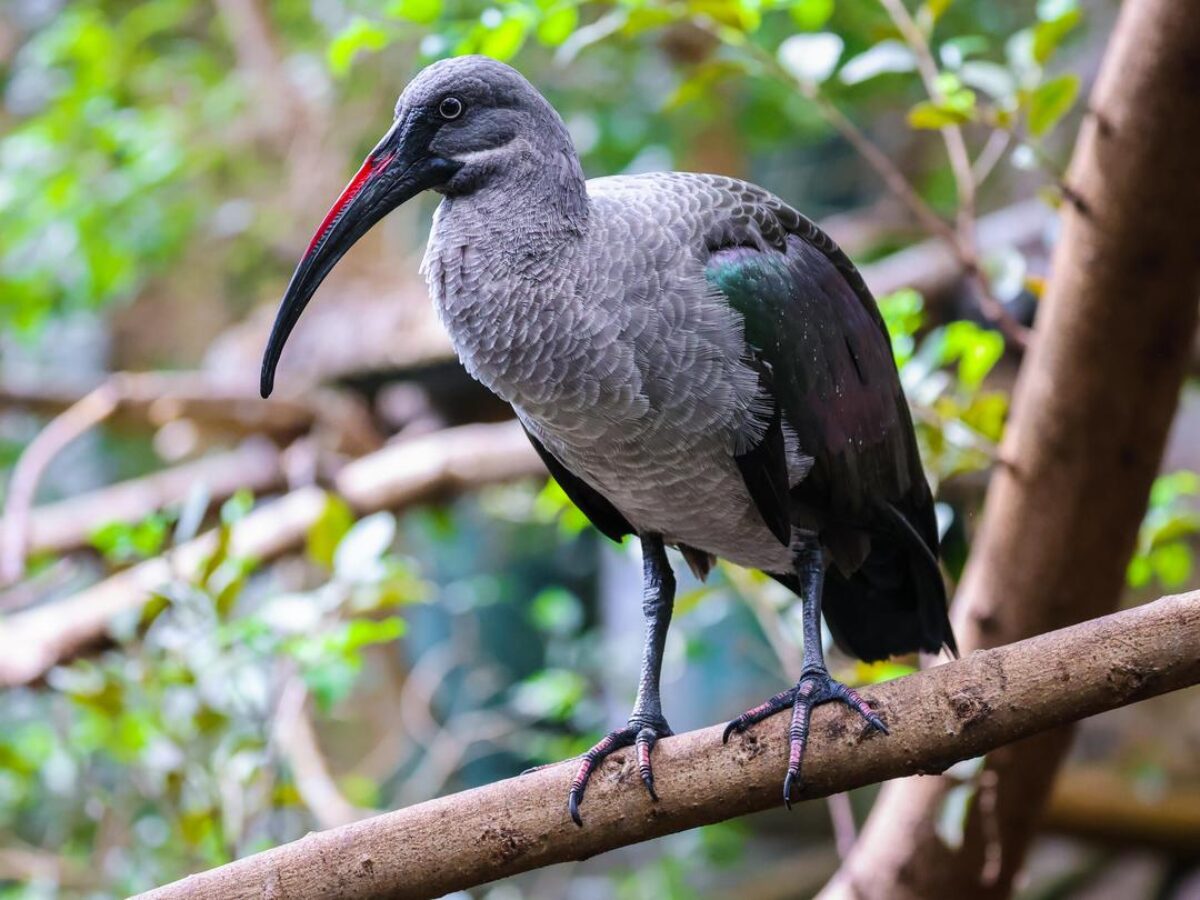
facts about our animals
Fun Facts about Hadada Ibis
Males provide nesting materials such as twigs to females.
Both males and females incubate eggs and care for young.
This is the only ibis species known to eat fruits and vegetables, but it is mainly carnivorous.
Their courtship ritual involves giving sticks to each other.
It is distinguished by its white mustache under its bill.
Hadada ibis are monogamous.
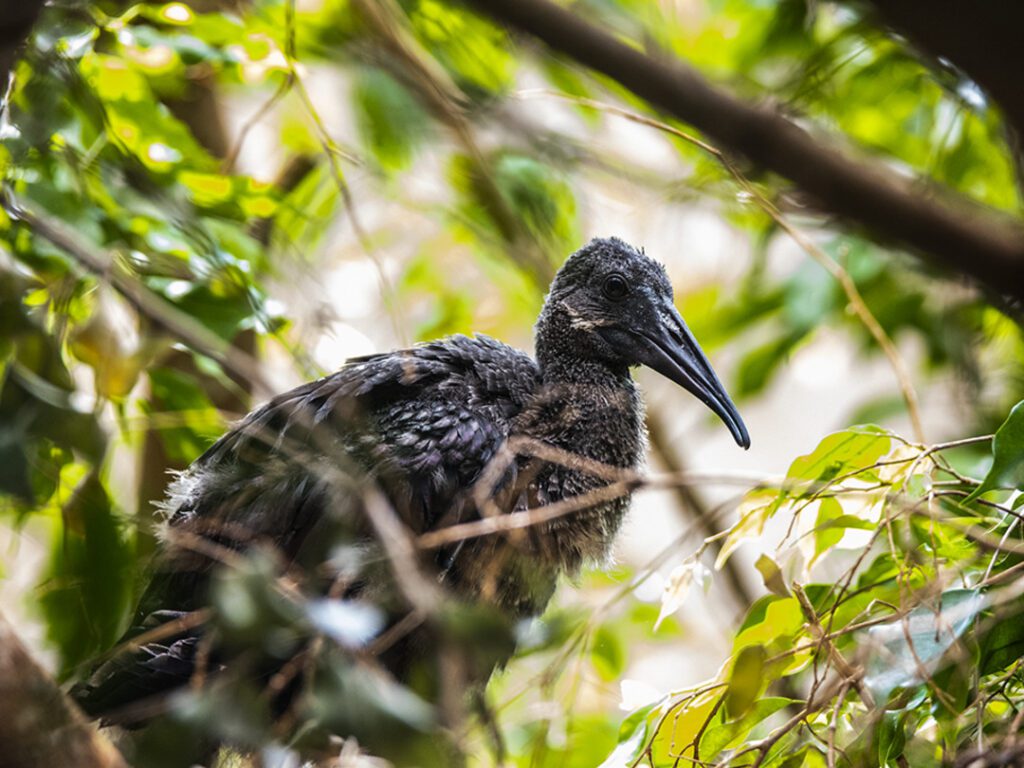
Donate
How you can help
Your donation makes a world of difference. With support for animal care, conservation programs, and education, you’re making the world wilder.
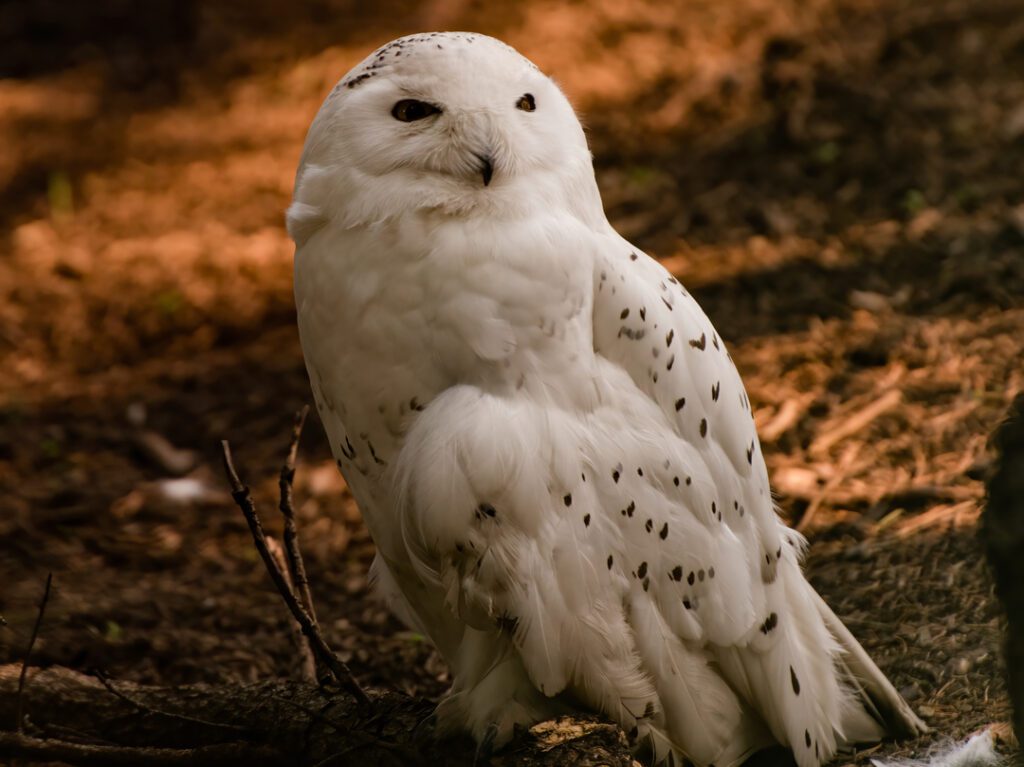
Plan Your Visit
Get close to wildlife
It’s time to make some memories. Here’s everything you need to know to plan an unforgettable day at the zoo.

